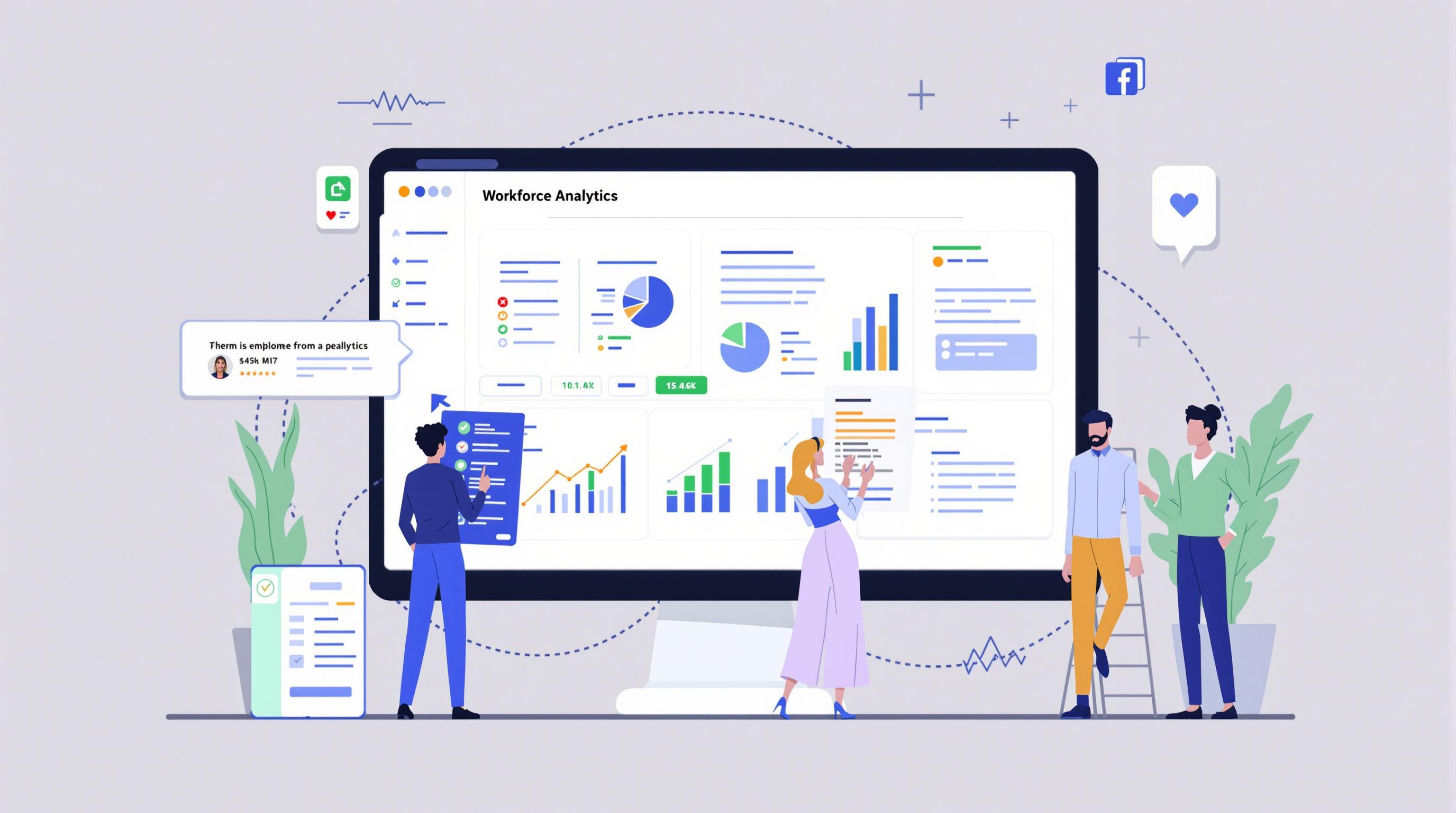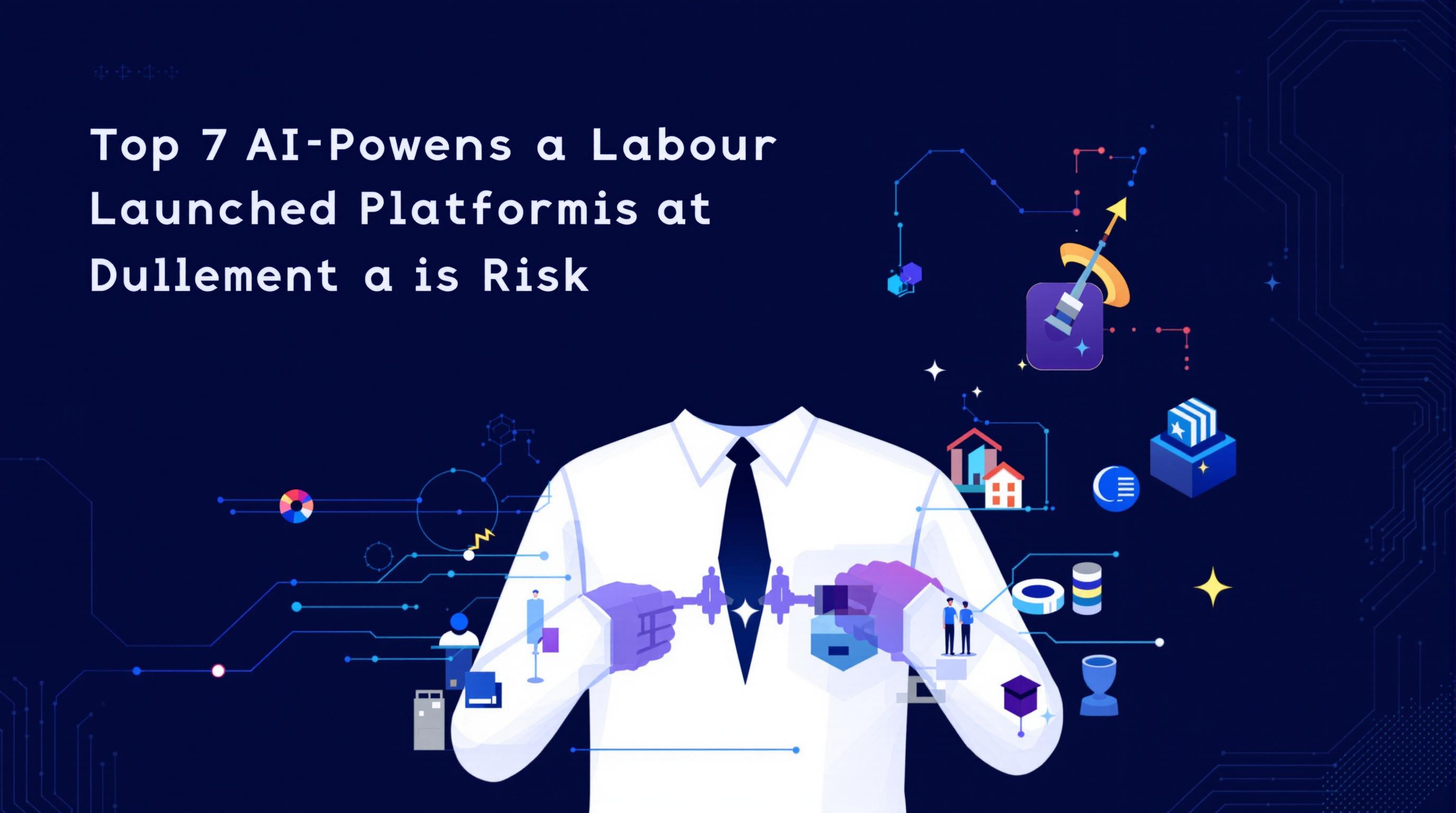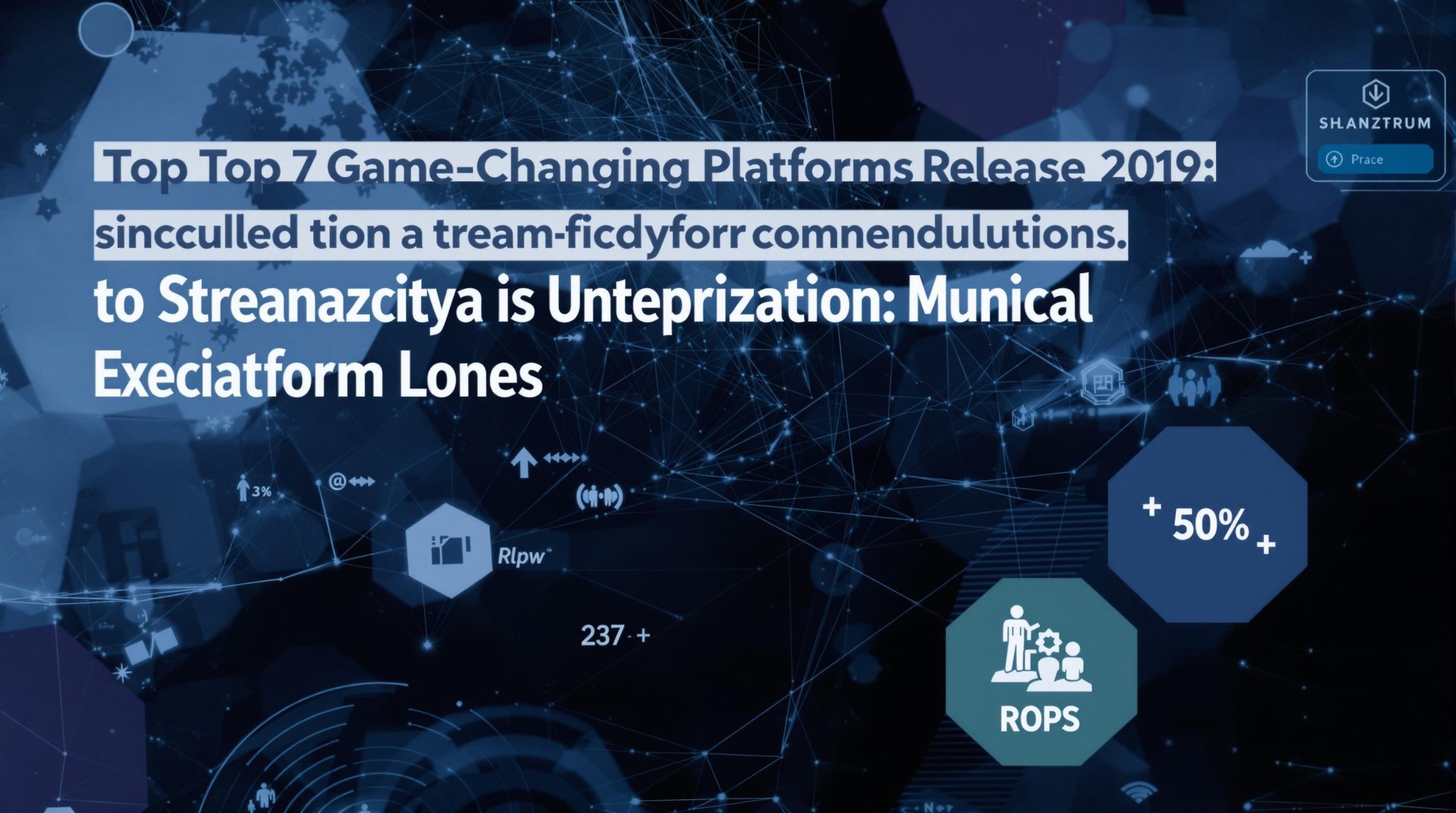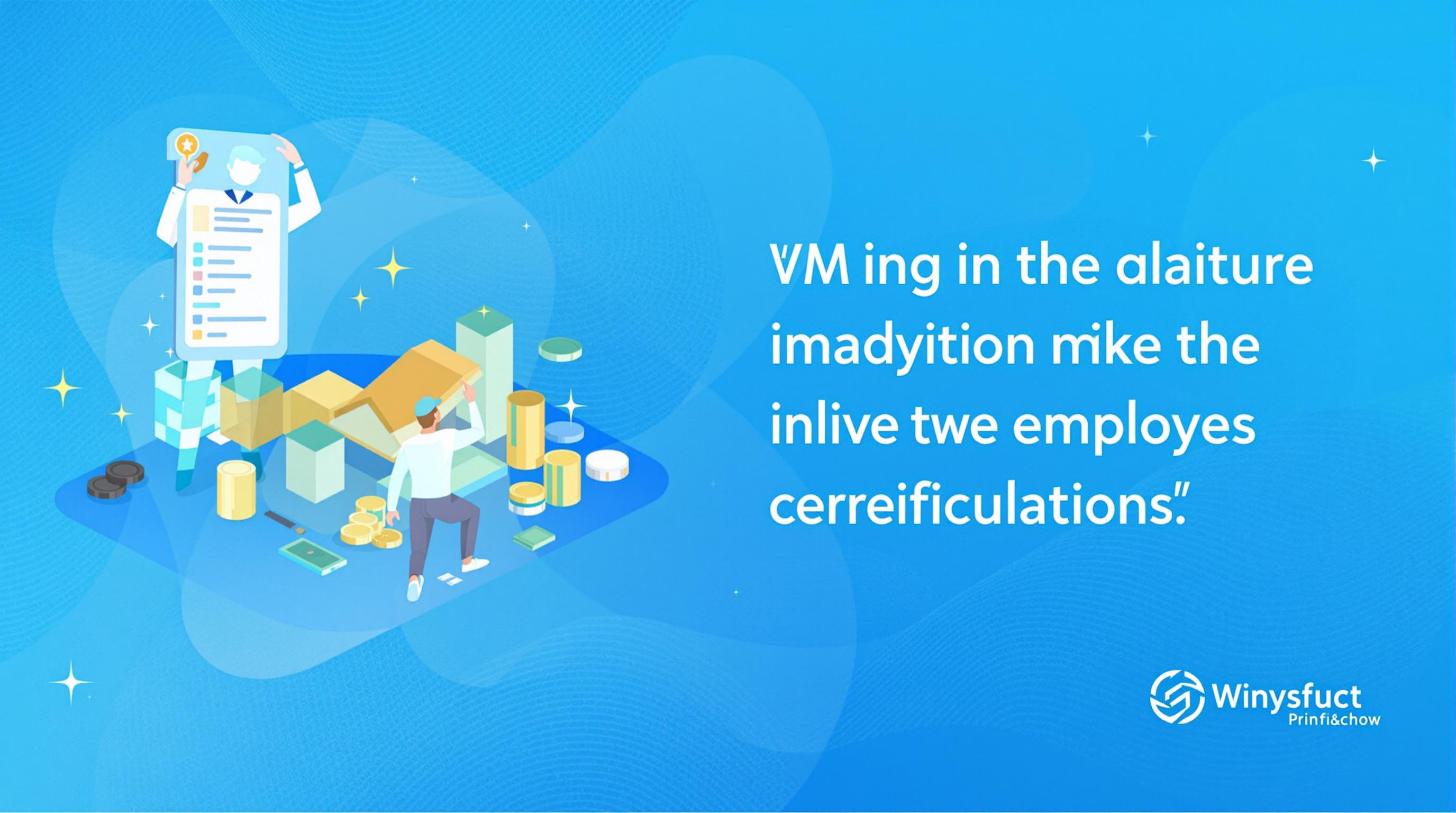Related Articles
- Top 5 Game-Changing Copyright Management Apps from 2019 to 2024 for Modern Creators
- Top 5 Game-Changing Copyright Management Apps Released Since 2019 for Fast, Foolproof Filings
- How Traditional Storytelling Shapes Community Healing in Conflict Settlement Practices Worldwide
- The Role of Ancient Storytelling Traditions in Shaping Modern Conflict Settlement Practices
- The Quiet Shift: How Climate Change Is Secretly Reshaping Liability Standards in Insurance Policies
- The Unseen Impact of Climate Change on Rural Insurance Mandates and Local Risk Assessments
7 Cutting-Edge Workforce Management Tools Revolutionizing Employee Classification Efficiency in 2024
7 Cutting-Edge Workforce Management Tools Revolutionizing Employee Classification Efficiency in 2024
In 2024, workforce management is undergoing a seismic shift with innovative tools enhancing employee classification efficiency. From AI-driven platforms to biotechnological advances, the landscape is transforming, impacting businesses of all sizes.
The Rise of AI-Powered Classification Systems
Artificial intelligence has firmly planted itself at the heart of workforce management this year. Tools like “ClassifyPro AI” harness machine learning algorithms to analyze employment contracts, job roles, and working patterns to accurately determine employee status. According to a 2024 Gartner report, companies using AI classification tools reduced misclassification risks by over 40%, avoiding costly legal repercussions.
Take, for instance, a mid-sized logistics company in Texas that integrated ClassifyPro AI; within six months, their HR department reported a 30% decrease in classification errors, streamlining payroll processes and improving compliance. Setting aside the dry facts, think of AI as the Sherlock Holmes of employment data, sniffing out subtle differences that sometimes escape human eyes.
Human Touch Meets Tech: Hybrid Solutions
But it’s not all algorithms and automation. Companies like Workwise Solutions combine AI insights with expert human review to deliver nuanced classification decisions. This hybrid model recognizes that not all cases fit tidy templates—some need context-sensitive judgment calls, especially in gig economy scenarios.
Consider Joanne, a 52-year-old HR manager for a tech startup, who describes how Workwise’s hybrid tool “feels like having a compliance coach on call 24/7.” Her team reduced audit preparation time by 25%, freeing them for strategic initiatives. This blend of technology plus human intuition is crucial as labor laws keep evolving, varying from state to state and country to country.
The Blockchain Revolution in Employee Verification
Yeah, blockchain isn’t just crypto hype anymore. In workforce management, platforms like BlockCheck allow immutable storage of employment verification documents. By giving each employment record a unique digital fingerprint, companies reduce fraud possibilities and accelerate audit processes.
As a case in point, a multinational consulting firm implemented blockchain-based verification in early 2024. The result? They cut down onboarding verification time by nearly 60%, according to internal audits. Imagine a system where your professional credentials and contracts live securely on a digital ledger, instantly verifiable yet confidential.
The Efficiency of Real-Time Analytics Dashboards
Analytics dashboards are no longer just about tracking attendance or work hours. Modern tools like LaborLens deliver real-time data streams that correlate classification status with productivity, compliance risks, and cost metrics. For managers angling to optimize labor costs while ensuring legal compliance, this is a game changer.
Data from LaborLens’s 2024 user base showed an average 15% improvement in labor cost allocation and a 20% reduction in overtime misclassification fines. Such dashboards convert dry HR metrics into actionable business intelligence, empowering decision-makers with clarity.
Conversational Approach: Why You Should Care
Hey there — whether you’re a fresh grad or a seasoned exec, employee classification might sound like HR jargon, but it’s the backbone of fair pay and legal safety. Misclassifying workers can tank companies with lawsuits and fines—just Google “Uber worker classification lawsuit” to find out.
Using these cutting-edge management tools means businesses pay the right folks the right way, at the right time. For employees, that translates into correct benefits, proper tax deductions, and peace of mind. Plus, fewer headaches when tax season rolls around!
Case Study: How a Retail Giant Transformed Classification Accuracy
In a sprawling retail network operating across 15 states, Horizon Markets struggled with manual sorting of employee classifications for thousands of seasonal workers. In 2023, they adopted SmartClassify 360, an AI-embedded cloud platform that integrates with existing HRIS systems.
The result? A whopping 45% reduction in classification errors over a year, and regulatory audits became less frequent and stressful. Horizon’s HR director publicly attributed their newfound efficiency to the system’s intuitive interface and reliable analytics, praising its role in preventing a multimillion-dollar compliance fine in late 2023.
Humor Break: The Misclassified Worker’s Lament
Imagine if your job title was “Freelance Office Philosophy Consultant” when you actually mop floors. You’d be baffled, right? Misclassification isn't just a bureaucratic blunder—it creates surreal workplace scenarios where people don’t know if they should bring donuts or sign an NDA.
Thankfully, these tools help avoid such identity crises for employees by ensuring everyone’s role is crystal clear. No more bizarre job titles, no more misplaced responsibilities—unless you’re into that kind of chaos.
Biometric Innovations: Beyond Fingerprints
2024 has ushered in biometric verification integrations that go further than traditional fingerprint systems. Voice recognition, facial scans combined with temporal activity patterns now feed into classification decisions, solidifying employee identity in complex remote work environments.
Remote-first companies benefit immensely, as these biometrics prevent proxy clock-ins and verify that contract terms match the actual presence or availability of workers. One cybersecurity firm reports a 25% drop in proxy attendance after deploying such tools.
The Future is Flexible: Adaptive Classification Models
Workforce classifications aren’t static, and neither are the modern tools tracking them. Adaptive models powered by AI learn over time to accommodate contract changes, seasonal fluctuations, and hybrid work settings. AdaptiveHR Inc. leads this innovation.
Flexible classifications mean workers aren’t shoehorned into fixed categories that might not reflect reality—think a part-time consultant who scales into a full-time partner over months. This dynamic classification capability helps companies stay agile and comply with fast-changing legal frameworks.
Ultimately, the employee classification landscape in 2024 is characterized by technologies that not only enhance efficiency but also provide the accuracy and compliance businesses desperately need in today’s complex labor ecosystem. With AI, blockchain, biometric verification, and adaptive models at the helm, workforce management is more sophisticated—and more human—than ever before.





